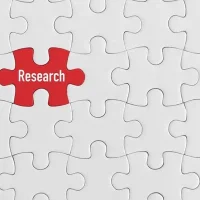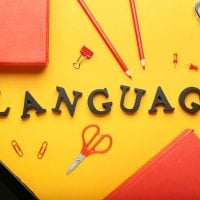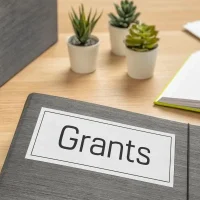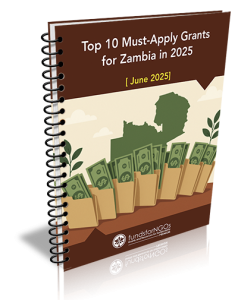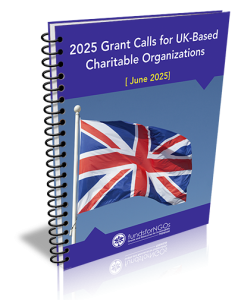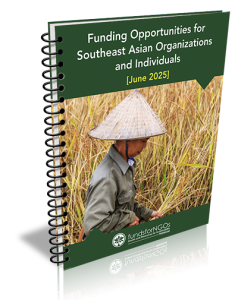Deadline: 22-Jan-24
The United States Agency for International Development (USAID) is seeking applications for a cooperative agreement from qualified entities to implement the USAID My Education Activity (henceforth referred to as the “Taleemi Activity”).
Goal
- The goal of the USAID My Education (Taleemi) activity (the “Activity”) is to improve outcomes for out-of-school children and youth through inclusive, high quality non-formal education in Yemen.
Funding Information
- USAID intends to provide up to $20,000,000.00 in total USAID funding over not to exceed a five-year period.
- The anticipated period of performance is May 15, 2024 – May 14, 2029.
Phases
- Phase 1 (Inception Period): The Recipient will complete the mobilization of core staff and all legal registration requirements for operating within Yemen, along with conducting appropriate stakeholder consultations and finalization of the Phase 1 Work Plan in close coordination with USAID/Yemen. Should any delays occur in meeting the requirements for Phase 1 within the agreed upon time frame, the Partner should notify the Agreement Officer of the anticipated delay as soon as is feasibly possible.
- Phase 2 (Post-Inception Period): The inception period will play a critical role in shaping the specifics of the program’s goals and activities through Phase 2, and the Recipient will ensure that any activities carried out as a portion of this program are rooted in an understanding of the needs of the ROYG and the Yemeni people, as well as the realities on the ground validated during the inception phase.
- Phase 2 will focus on achieving the overall goal and three results in the Program Description by implementing the planned interventions, updating work plans, and scaling and expanding successful approaches identified, including with additional stakeholder partnerships, sectors, and beneficiaries.
- Phase 3 (Continued Implementation): Before the end of Phase 2, an internal midterm evaluation will be held to determine the program’s progress towards its objectives, identify strengths and weaknesses of the program to date, uncover changes in context that may necessitate project adaptation, and inform the Recipient’s “re-application” for a three-year continuation at the end of Year 2. During the evaluation, the Recipient and USAID will reflect on partner/stakeholder feedback and perspectives, contextual developments (i.e., emergent risks or opportunities that may affect the program) and their impact on the program’s theories of change, and program experiences, findings and achievements to date in order to determine the focus and nature of future approaches and activities.
Activity
- This activity will ensure that out-of-school children and youth in Yemen ultimately transition into the formal education system; obtain certification of completion that will benefit them if they are not able to re-enter formal school; or benefit from pathways to training and economic opportunities after completion of NFE programming. The theory of change for this activity is that if out-of-school children and youth are enrolled and retained in well managed, high quality NFE programs that improve their foundational and life skills, then they will have improved overall outcomes through transitions into the formal system or other opportunities.
Results
- Result 1: Increased enrollment and retention of out-of-school children and youth in community-responsive, safe, and adequately resourced environments
- Result 1 aims to support the MoE to maximize accessibility to NFE for out-of-school children and youth and promote student retention, through addressing school-level and community-specific barriers to education for different beneficiaries, including girls, children with disabilities, and older students.
- Result 2: Out of school children and youth acquire foundational and life skills for transitioning into formal schools or entering the workforce
- Result 2 aims to ensure that once students are in the classroom, they receive support that sets them up for success in formal schools or prepares them to thrive in the formal and informal economy once they have completed the program.
- Result 3: Improved implementation and management of non-formal education programs
- Under Result 3 the activity will support the MoE, including through technical assistance, to institutionalize a systematic approach to NFE programs that is applicable to all development partners. This includes building on the gains and lessons learned so far under recent NFE activities, such as sustainable practices of integrating NFE classes in formal schools, and other needed policy reforms.
Geographic Scope and Target Beneficiaries
- USAID/Yemen’s development assistance portfolio is currently implemented in the Republic of Yemen Government (ROYG) controlled areas of Yemen. Geographic areas for this activity will be determined by security conditions and in consultation with ROYG, and based on the Recipient’s initially proposed geographic scope, and have the potential to shift as the controlled areas of Yemen shift.
- Considerations for selection of target geographic areas will include, among other things, consideration of areas of identified need for out of school children and youth, community resources, and leveraging of other ROYG and development partner interventions.
- This activity will target out-of-school children and youth. This includes children who meet the age limit criteria to be eligible for transition into formal education after meeting the NFE requirements, as well as children who will be too old to transition into formal education after completing their NFE program, but will be linked with other training, development, and economic opportunities through the activity
Eligibility Criteria
- Eligibility for this NOFO is not restricted.
- USAID welcomes applications from organizations that have not previously received financial assistance from USAID.
- Faith-based organizations are eligible to apply for federal financial assistance on the same basis as any other organization and are subject to the protections and requirements of Federal law.
For more information, visit Grants.gov.


